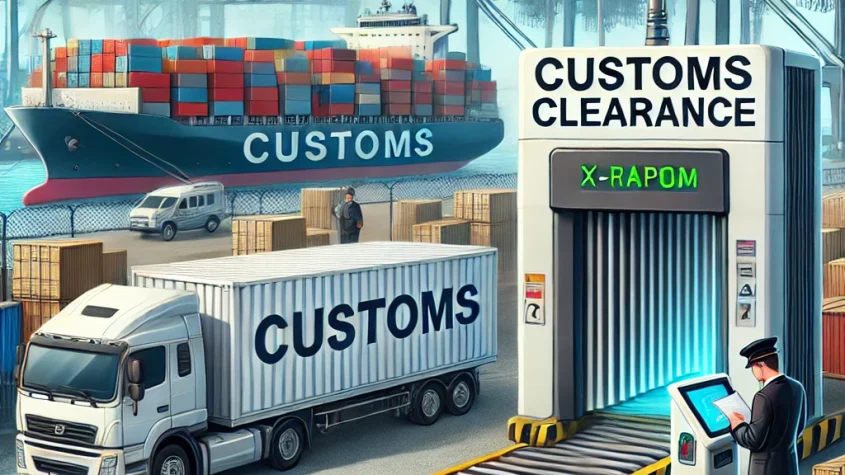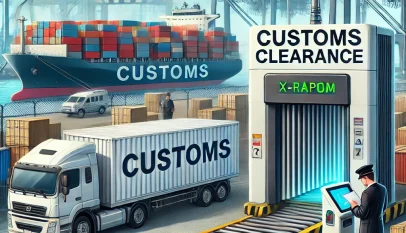Entry Type 11: Understanding Its Role and Significance in Data Management
Entry Type 11 represents a specific categorization within various organizational systems. It is significant for those managing databases, records, or any structured information where categorization plays a crucial role. Understanding how Entry Type 11 is applied can enhance data retrieval and streamline processes, making it essential for effective management.
The characteristics of Entry Type 11 vary depending on the context in which it is used. In many systems, this entry type serves a unique purpose that distinguishes it from others. Those familiar with its functionalities can leverage this knowledge to improve efficiency and accuracy in their work.
Whether one is a data manager, librarian, or part of an administrative team, grasping the nuances of Entry Type 11 can contribute to better organizational practices. This exploration offers valuable insights that can be effectively applied across a range of fields and functionalities.
Overview of Entry Type 11
Entry Type 11 pertains to a specific classification used in various fields, particularly in documentation and research standards. It serves distinct purposes that impact the organization and utility of information.
Definition and Significance
Entry Type 11 is categorized primarily for its role in cataloging and retrieving data effectively. It is commonly found in databases and reference materials. This entry type allows for structured information, ensuring that users can locate critical data with ease.
The significance of Entry Type 11 lies in its ability to enhance searchability. By providing uniformity in how information is presented, it aids researchers and practitioners in accessing relevant content swiftly. In various domains, maintaining consistency with this entry type improves usability and supports better information management.
Historical Context
The development of Entry Type 11 can be traced back to the evolution of information systems. Initially introduced to streamline the documentation process, it gained traction in academic and professional settings.
Over the decades, changes in technology and data practices have influenced its implementation. The rise of digitization further augmented the relevance of Entry Type 11, creating a standardized format for diverse fields. Institutions adopted this entry type to facilitate ease of access and record-keeping, marking an important evolution in data classification strategies.
Operational Parameters
The operational parameters define the specific aspects that govern the use of entry type 11. This includes eligibility, the application process, and any limitations that may apply.
Eligibility Criteria
To qualify for entry type 11, applicants must meet specific criteria. Individuals must be at least 18 years old and possess a valid identification document.
Additionally, they must demonstrate a clear purpose for the entry, such as employment, study, or other legitimate reasons. Background checks may be conducted to ensure there are no criminal records that could disqualify an applicant.
In some cases, individuals from certain countries may require additional documentation or may be subject to different rules. It is essential to review the most current requirements before applying.
Application Process
The application process for entry type 11 involves several steps. First, interested individuals must complete an online application form, providing accurate personal information and purpose for entry. Supporting documents, including proof of identity and purpose, must be submitted.
After submission, applicants should expect confirmation of receipt via email. Processing times can vary, so individuals should apply well in advance of their intended entry date.
Some applications may require in-person interviews or additional documentation. Staying informed during this process is crucial for successful entry.
Limitations and Restrictions
Entry type 11 includes specific limitations that applicants should be aware of. For instance, it does not permit individuals to engage in permanent residency or dual citizenship while under this entry type.
There may also be restrictions on duration, with most entries granted for a limited time—often six months or less. Extensions are possible but require a solid justification and approval from authorities.
Moreover, entry type 11 may restrict activities such as job changes or enrollment in certain programs without prior approval. Understanding these limitations can help prevent potential legal issues during one’s stay.
British Virgin Islands Offshore Company Setup and Benefits Explained
The British Virgin Islands (BVI) is a leading offshore jurisdiction widely chosen for comp…














